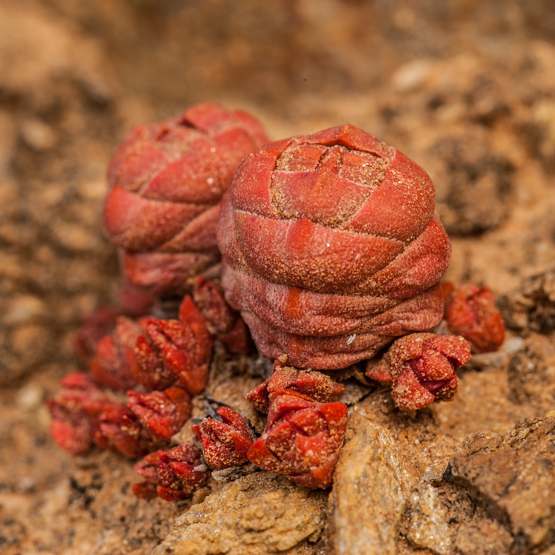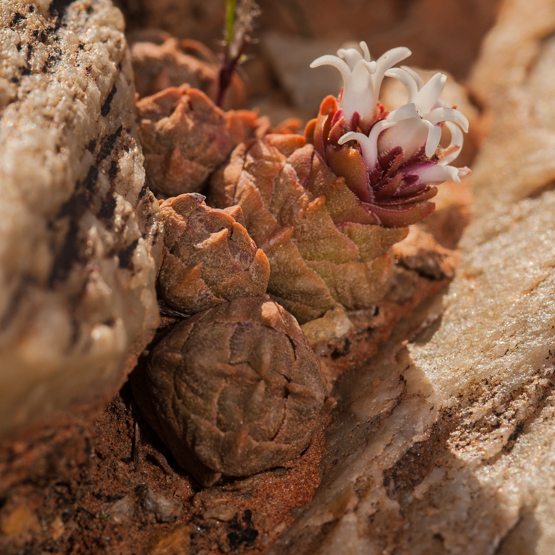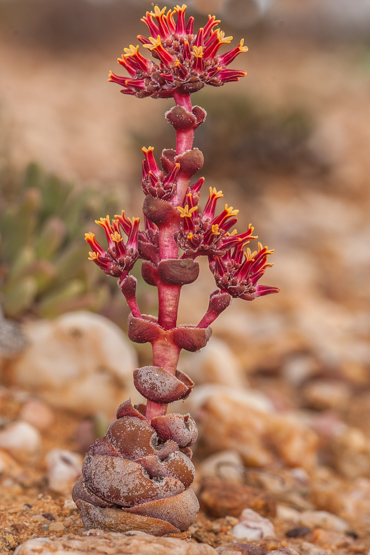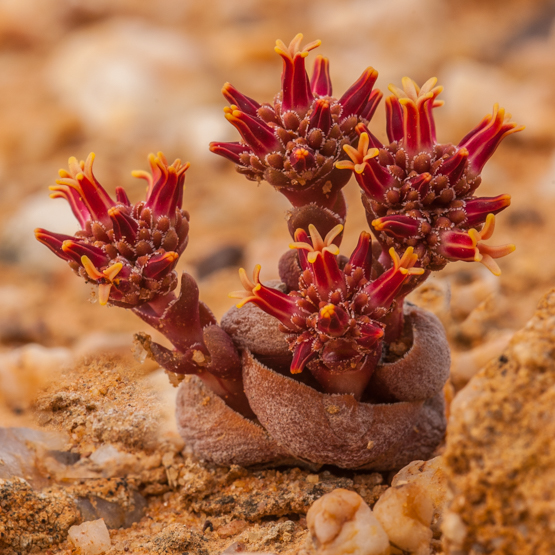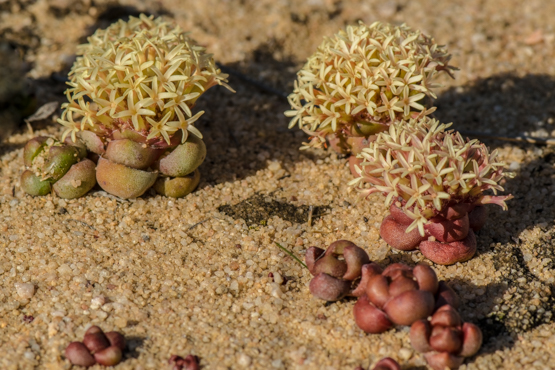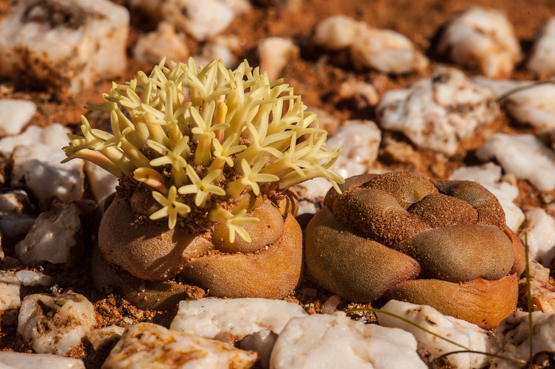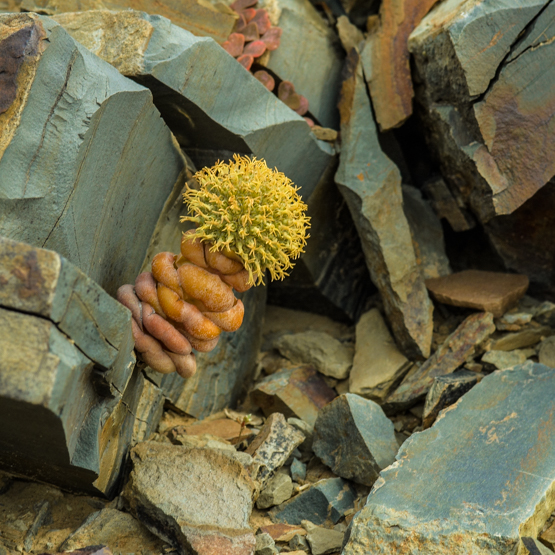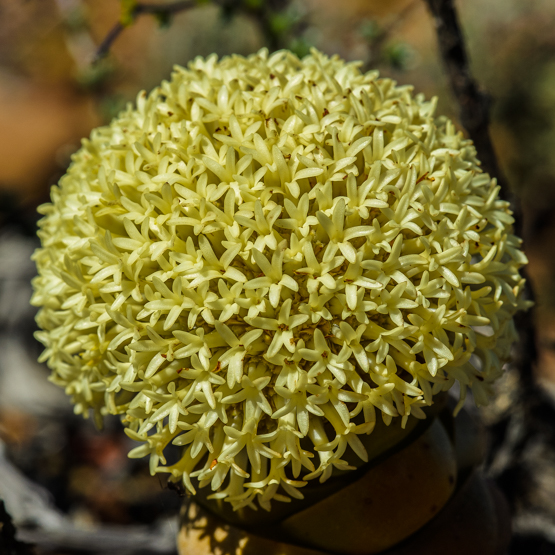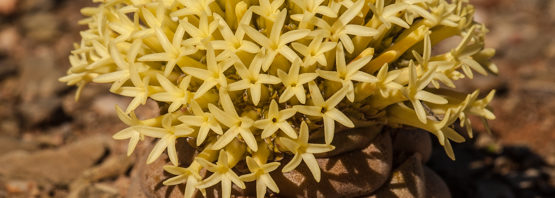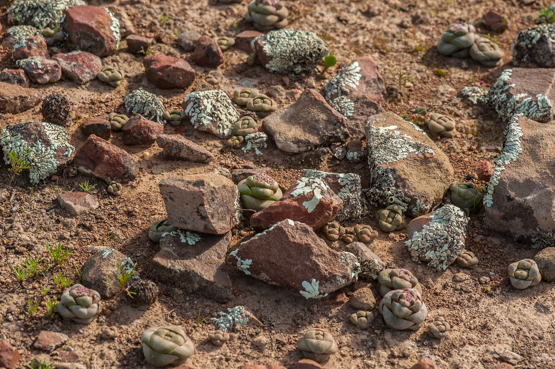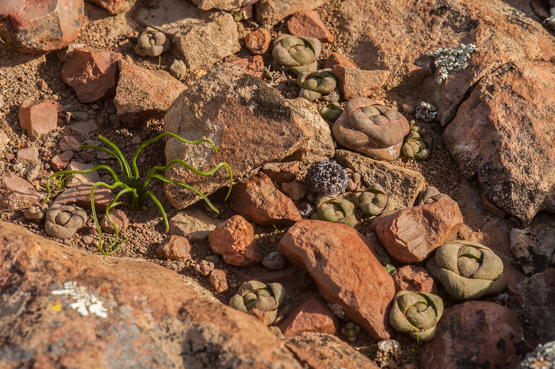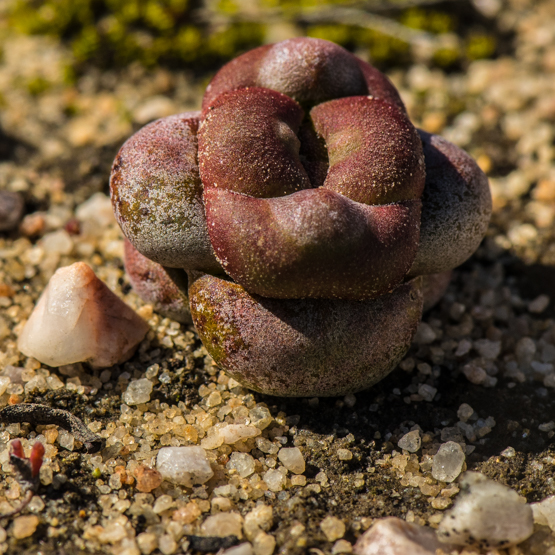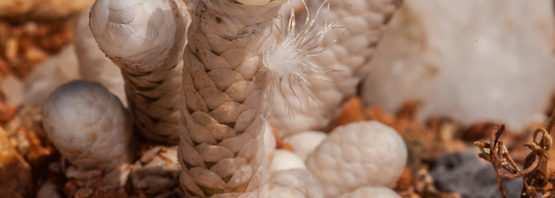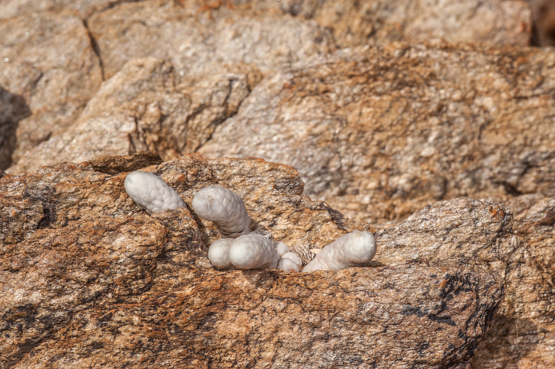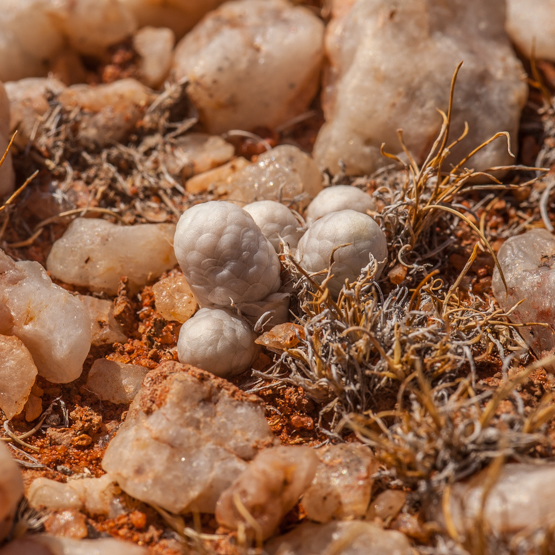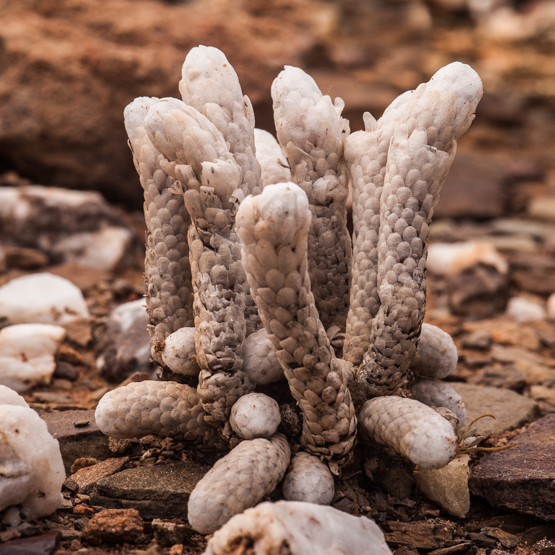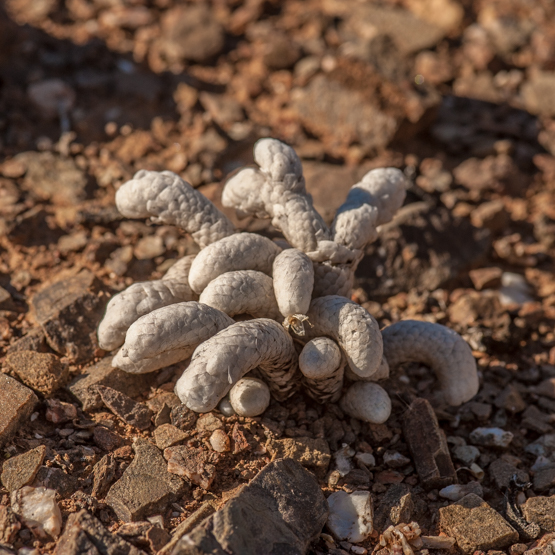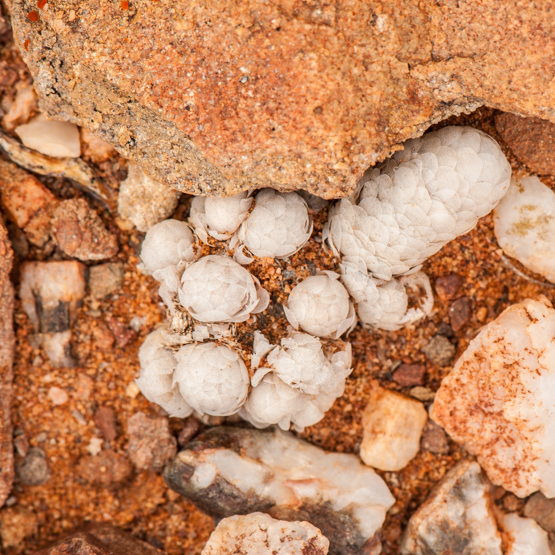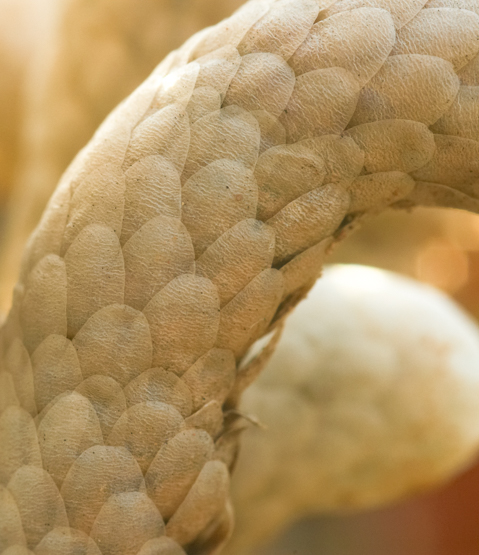Since the early seventies I paid several visits to Kenya. Most of the northern part was unfortunately always out of bounds or at least very unsafe to visit. Over the years, I came to the conclusion that this beautiful and interesting part of the country was something I would never see. More recently things have improved in the sense that the brigands who used to roam the countryside have been brought under control.
Two of the friends I made a trip to Somaliland in the beginning of this year with, had tentative plans to visit northern Kenya later in the year, and when they invited me to join them I was obviously very temped. At the same time I thought that at my age a trip like that would be too strenuous and difficult. When the invitation was repeated a few weeks ago, my dear wife convinced me that this was not only my first but probably also my last chance to see this wild and wonderful part of the world.
So, now I am about to leave for Cape Town, to catch a plane to Nairobi.
After my return I hope to share some stories and pictures with you.
Month: September 2015
Crassula columnaris (part 3 of 3)
Crassula columnaris (part 2 of 3)
Crassula columnaris (part 1 of 3)
It takes plants of this species 5-10 years to reach maturity and become columnar.
There are 2 subspecies, each with a number of local forms.
The plants are often locally abundant on gentle slopes and in depressions (often with quartz gravel); sometimes they also occur in shallow soil on rocky outcrops.
The flowers are white, pale yellow (often tinged red) or rarely almost red.
Subsp. columnaris is usually unbranched, with columns 2-3.5 cm wide, often as long as broad.
The inflorescence is swollen, rounded to flat and appears from May to September
The plants are monocarpic, which is another way of saying they die after flowering.
They are found in most parts of the little Karoo, the adjoining western Great Karoo and towards Calvinia.
Subsp. prolifera reaches a height of 3-10 cm when in flower and forms several short branches at the base. Often these branches easily break off and take root.
The inflorescence is more or less branched and appears from July to October. After flowering, the plants often regenerate from the lower branches.
This subspecies occurs in most parts of Namaqualand and adjoining areas of Bushmanland and southwestern Namibia.
The four pictures all show ssp. columnaris.
Avonia papyracea (part 2 of 2)
Avonia papyracea (part 1 of 2)
Even if one has no knowledge of Latin, it is probably easy to understand that papyracea means papery. This refers to the thin, white scales that cover the stems.
These scales are in fact modified stipules: outgrowths of the base of the leaf stalk. By reflecting and diffusing light, they act as sunshades. This effect, combined with controlled aeration*, reduces evaporation. The scales are also able to trap dew.
*It has been noted that in hot, dry conditions the scales tightly overlap each other like roof tiles, whereas in cooler and therefore damper weather they can open out to some extent so that the leaves are more exposed.
As Gordon Rowley in “Anacampseros, Avonia, Grahamia” (1995) remarks, it seems surprising that such an efficient adaptation has, apparently, evolved only once.
The scales are about 5 mm long and wide and hide the minute leaves.
The stems are usually about 5-8 cm long and 0.7-1 cm thick, arising from a thickened tuber. As in other Avonia species, the stems that carry flower buds grow more or less horizontal, but become erect on the day of flowering and stay that way until the seeds have been dispersed.
The scented flowers are creamy white and appear in late spring and early summer.
There are two subspecies: subsp. papyracea occurs throughout the Little Karoo and is also found in the Great Karoo, whereas subsp. namaensis occurs in southern Namibia, the Richtersveld and Bushmanland. Both subspecies seem to feel most at home amongst white quartz pebbles.
According to the literature the main difference between the two is that in the first one, the edges of the scales are entire (without any teeth or other incisions) and in the second one saw-edged to toothed.
The following pictures show plants of subsp. papyracea.
